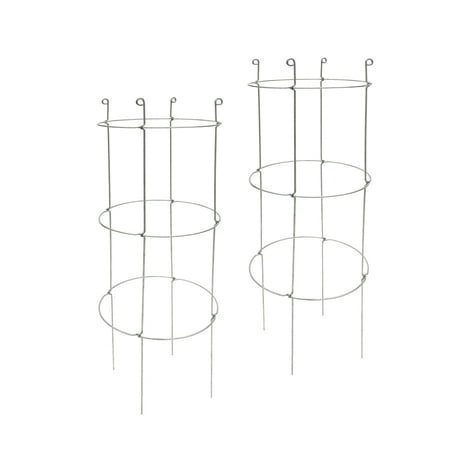Do you prefer your peppers milder instead of fiery? If so, this could be the perfect solution – here’s how to grow shishito peppers
Get large harvests of small, slender, green shishito peppers from each plant
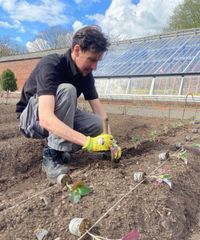
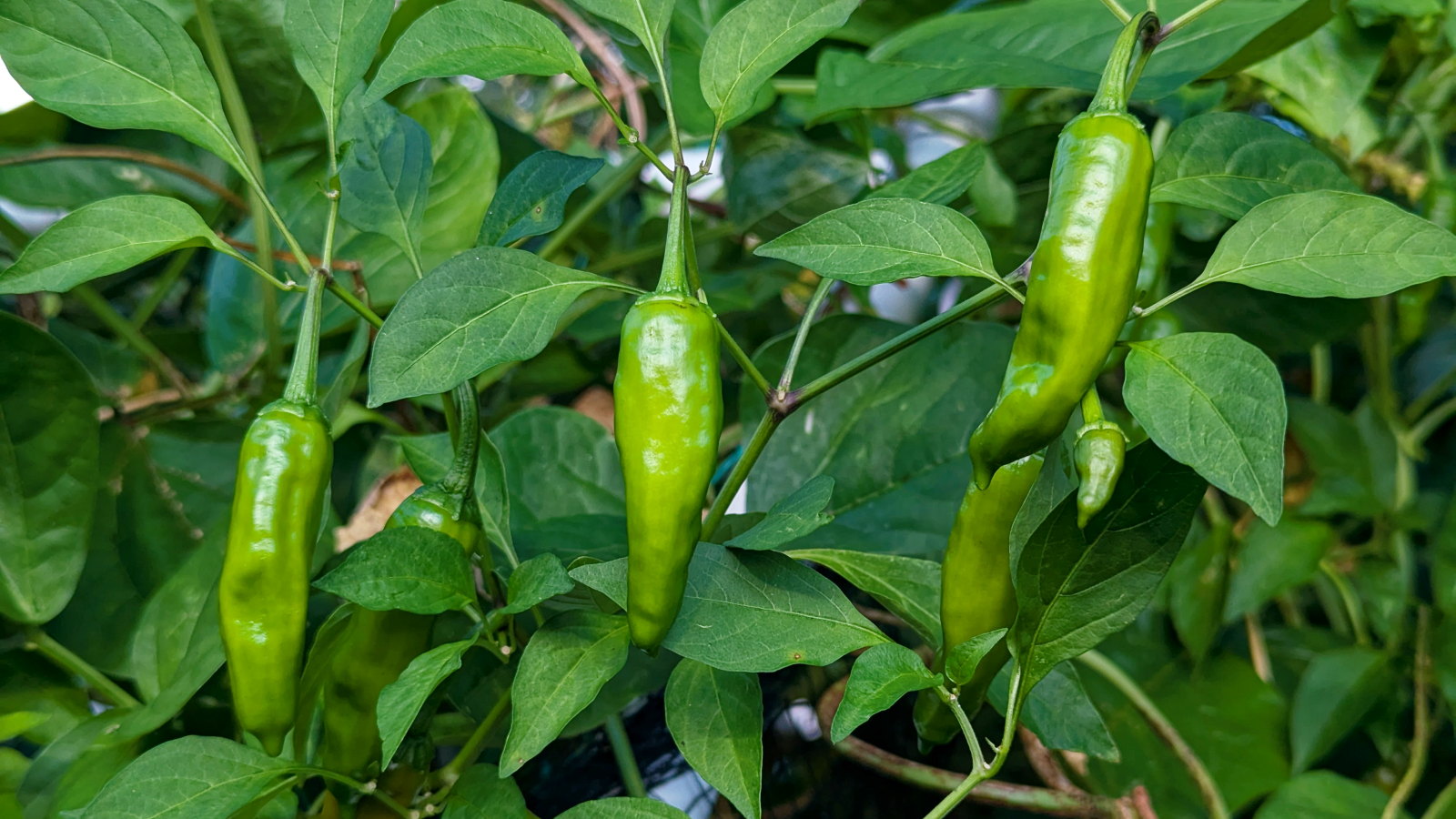
Shishito peppers bring a sweet rather than spicy taste and this Japanese heirloom variety offers a great alternative to fiery hot chili peppers. If you prefer your chilis milder and want to discover a new type, this guide reveals how easy it can be to grow shishito peppers at home.
Shishito pepper plants are compact yet productive, and can produce lots of 3-4 inch long fruits. Those peppers tend to register 50 to 200 Scoville heat units, though it is common that one in every 10 can be hotter. They offer a great middle ground between sweet bell peppers and more fiery chili peppers you can grow.
Interestingly, the name shishito comes from the term 'lion's head' in Japanese, due to the similar look of the tip of the pepper. If that, along with the fact that the plants are simple to grow and prolific, intrigues you, let's look at how to grow shishito peppers and discover some helpful care tips from a plant expert.
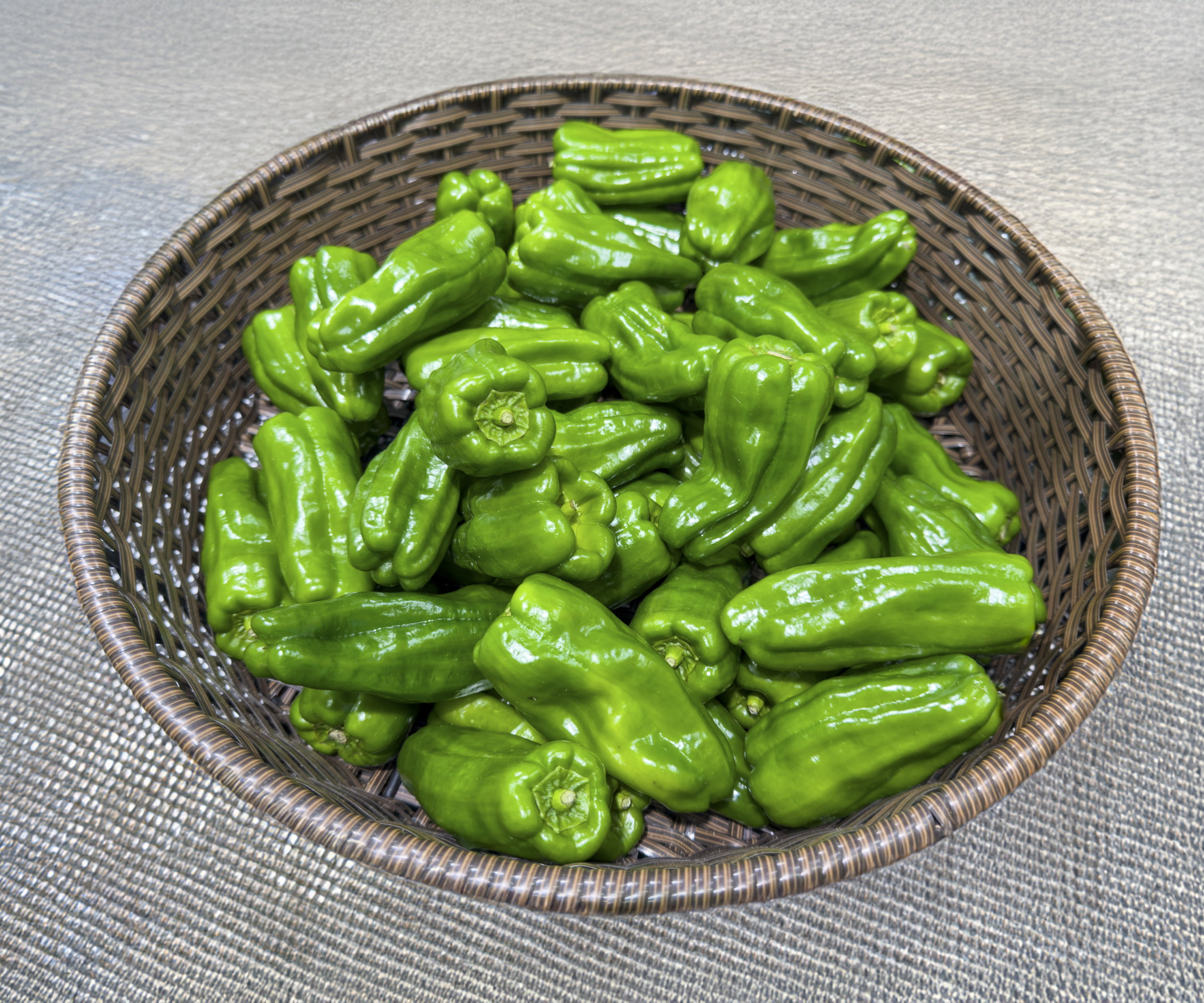
How to grow shishito peppers from seed
All types of chili peppers have long growing seasons, taking up to 120 days (depending on the variety) from sowing to ripe fruit. You must give shishito peppers the longest possible opportunity to fruit, so it is best to sow seeds indoors early in the season.
'Start sowing your shishito seeds indoors about 6-8 weeks before your region's last frost date,' recommends Kiersten Rankel, a plant expert at the Greg app. 'Keep them cozy at around 75-85°F and moist (but not soaking!) to ensure quick germination, which usually happens within 7-14 days.'
Sow the seeds only a quarter-of-an-inch deep into trays or pots filled with a seed-starting mix and place somewhere warm. A heated propagator or heat mat (such as this heat mat and thermostat, available at Amazon) can provide extra warmth to boost germination.
Once the seedlings emerge, they should be placed in a warm and bright position, such as a greenhouse or windowsill. An ideal spot would get at least six hours of sunlight daily, though grow lights can be used to supplement natural levels.
Design expertise in your inbox – from inspiring decorating ideas and beautiful celebrity homes to practical gardening advice and shopping round-ups.
Transplant seedlings outdoors once the risk of frost has passed and the soil has reached a temperature of at least 70°F, after a period of hardening off plants. You can warm the soil earlier using black plastic, horticultural fleece, or cloches to bring forward the planting time.
Space plants at least 18 inches apart to give them space to develop to maturity. This spacing allows air circulation between plants, which keeps them healthy, and gives space to harvest the fruits.
You can get shishito seeds to sow at True Leaf Market

Kiersten Rankel is a certified Louisiana Master Naturalist and regularly volunteers with local community gardens and nonprofits to help restore critical ecosystems along the Gulf Coast. She earned her master's degree from Tulane University in Ecology and Evolutionary Biology after her undergraduate degree in Environmental Biology, also from Tulane. In her spare time, she enjoys hiking and tending to her 150+ houseplants and vegetable garden.
Where to grow shishito pepper plants
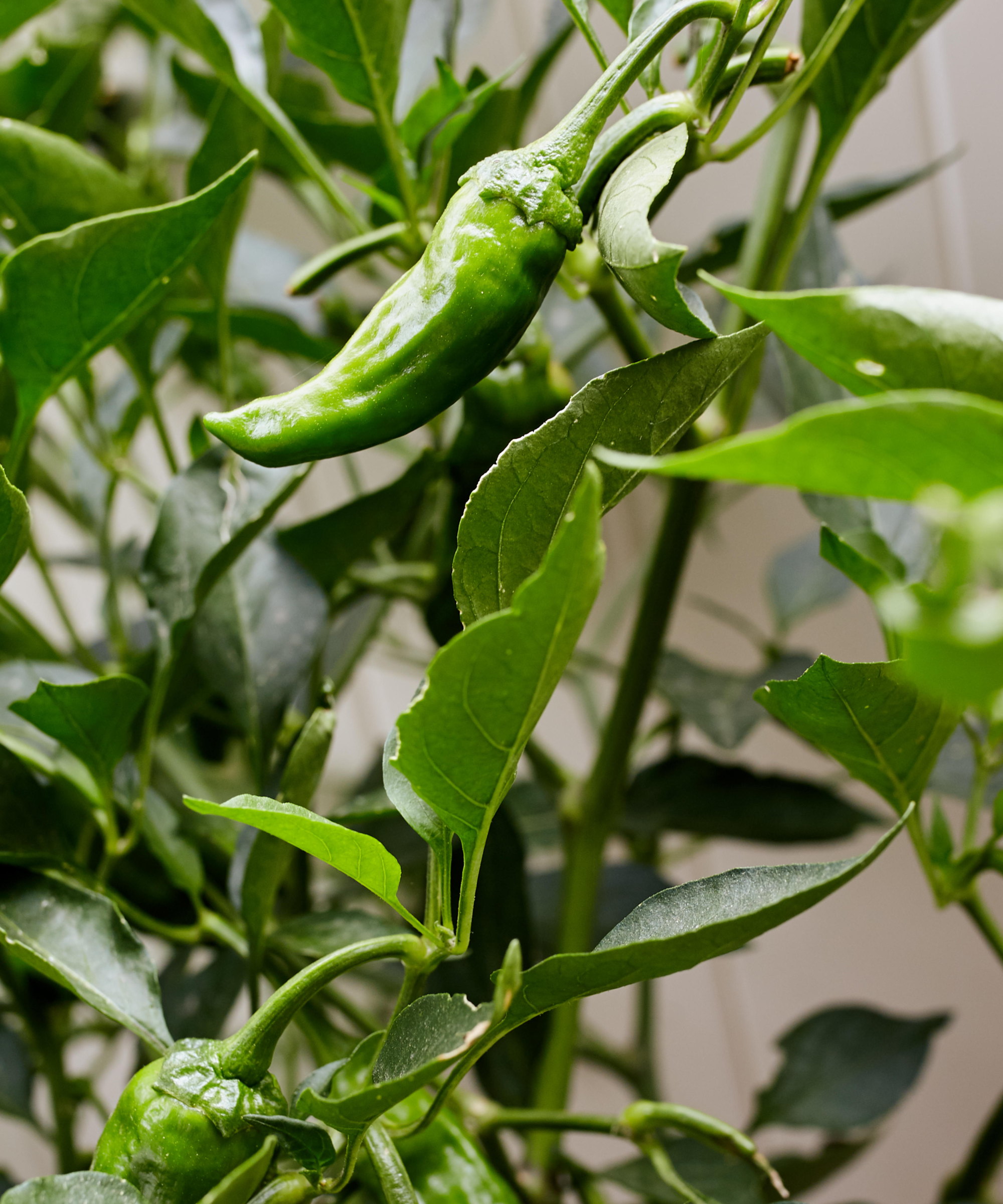
The key to success with growing shishito peppers, along with any other chilies or bell peppers. is giving them the right conditions to grow and produce a bounty of fruit.
Shishito peppers are suitable for growing outdoors in warmer US hardiness zones, or in raised beds or containers. Growers in cooler climates can grow shishito pepper plants indoors in a greenhouse or polytunnel.
'An ideal spot for your shishito peppers is a sunny, warm area that gets at least 6-8 hours of direct sunlight daily,' adds Kiersten Rankel. 'They want well-drained, nutrient-rich soil to keep their roots healthy and happy.'
An ideal soil type for shishito peppers is fertile and well-draining. Adding organic matter, such as compost, well-rotted manure, or leaf mold, helps boost the moisture-holding and nutrient levels of the soil.
How to grow shishito peppers - care tips
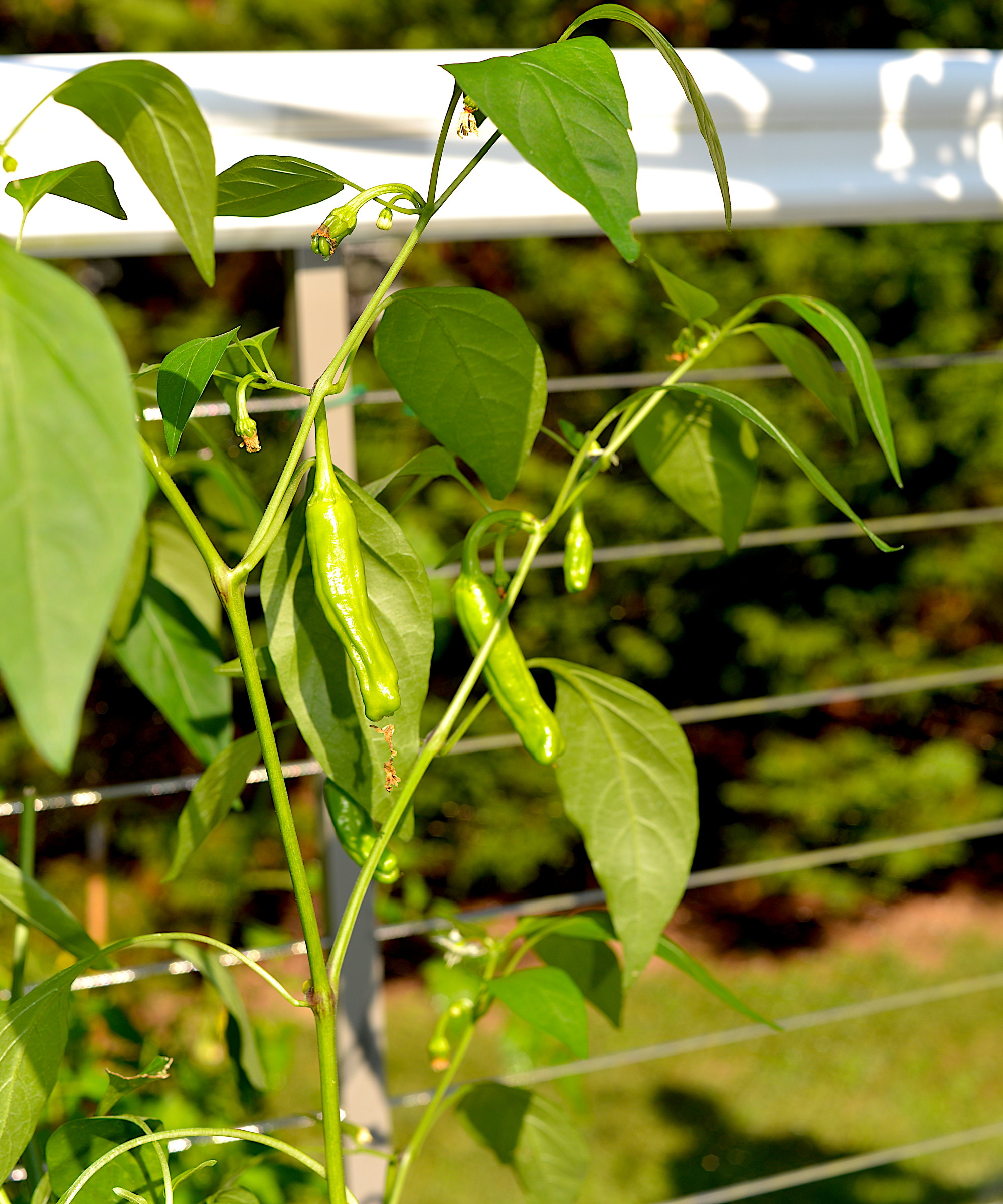
When you grow shishito peppers, pay regular attention to watering plants. They are going to want regular and consistent watering throughout the growing season.
Newly-planted plants need consistently moist soil and watering every few days. Established plants will benefit from deep watering at least weekly during the warmer months. The soil should be consistently moist, as drying out can cause blossom end rot that ruins fruits.
However, avoid overwatering plants as peppers are susceptible to root rot if they are in soggy soil. Using a soil moisture meter, available at Amazon, will help tell when to water plants, or use your fingers to check the levels a few inches under the soil surface.
A planting site supplemented with compost or organic matter has sufficient nutrients to get shishito pepper plants off to a strong start. An alternative is to add slow-release balanced fertilizer to the soil when planting to give young plants nutrients to develop healthily.
Once the first flowers appear, Kiersten Rankel recommends the following routine to fertilize chili plants: ‘Feed your peppers every 3-4 weeks with a balanced fertilizer (like a 5-10-10), emphasizing phosphorus and potassium to encourage strong roots and lots of peppers.’
Shishito pepper plants can reach up to two feet tall, and 15-18 inches wide. Even though the plants are not very tall, they benefit from supports to prevent stems from breaking under the weight of the peppers during summer.
A simple vegetable garden trellis, obelisk, wooden stakes, or tomato cage can provide the support needed to prevent plants from toppling and damaging the fruits. Always install the supports before planting, to avoid damaging the roots of your plants by installing them down the line.
The most common pests of shishito peppers are aphids, whiteflies, and tomato hornworms. The simplest way to get rid of aphids and whiteflies is to spray plants with a strong stream of water to knock them off. Alternatively, using insecticidal soap can eliminate unwanted pests.
Tomato hornworms are larger and can be hand-picked from plants, while all chili pests can be combated through companion planting. Planting marigolds, nasturtiums, or dill can repel pests and attract pollinators to eat unwanted visitors to your plants.
Shishito peppers typically mature within 60-75 days after transplanting. Kiersten Rankel says 'they're ready to pick when they're vibrant green, about 3-4 inches long, and firm' but some growers may wait another few weeks until the peppers are red.
However, Kiersten adds: 'Don't wait too long, as younger peppers are usually milder and tastier.' Shishito peppers are a thin-skinned variety; leaving them on the plant too long causes the skin to thicken, making the fruits less pleasant-tasting.
Harvest the peppers with clean pruning shears or garden snips to clip the fruits from the plant, leaving around one inch of stem remaining. Regularly harvest the fruits to encourage the plant to produce more flowers and fruits.
How to grow shishito peppers in pots
If you want to grow shishito peppers in a container garden, use a large pot or grow bag at least 12 inches wide and deep. Any planter needs holes in the bottom for drainage and should be filled with a good quality potting soil for container gardening.
Place the container in a sunny spot in your yard and pay close attention to watering plants in containers. The soil can dry out quickly and may need watering daily during hot periods.
Plants in containers will also need more frequent feeding, so try to fertilize plants every two weeks with a fast-acting liquid feed, such as this plant food for tomatoes and vegetables at Walmart.
FAQs
How many peppers will one shishito plant produce?
Shishito peppers are prolific plants that produce plentiful harvests for around 45 days. A single plant can produce 20-30 peppers if growing in ideal conditions.
Is shishito pepper a perennial or annual?
A shishito pepper plant is a perennial plant in its native climate, though commonly grown as an annual by home gardeners. You can overwinter pepper plants in a warm and protected environment, such as a heated greenhouse or warm windowsill, if you live in a climate with winter frosts.
Are shishito peppers self-pollinating?
Shishito flowers contain both male and female parts and are self-pollinating. However, attracting pollinators, or hand-pollinating plants, will help boost your yield.
If you like your chilis a bit hotter, you may prefer to grow jalapeno peppers. The hugely popular jalapenos can range from 4,000 to 8,500 Scoville heat units, depending on the cultivar, and they should also be started from seed in spring to give plants the longest possible growing season.
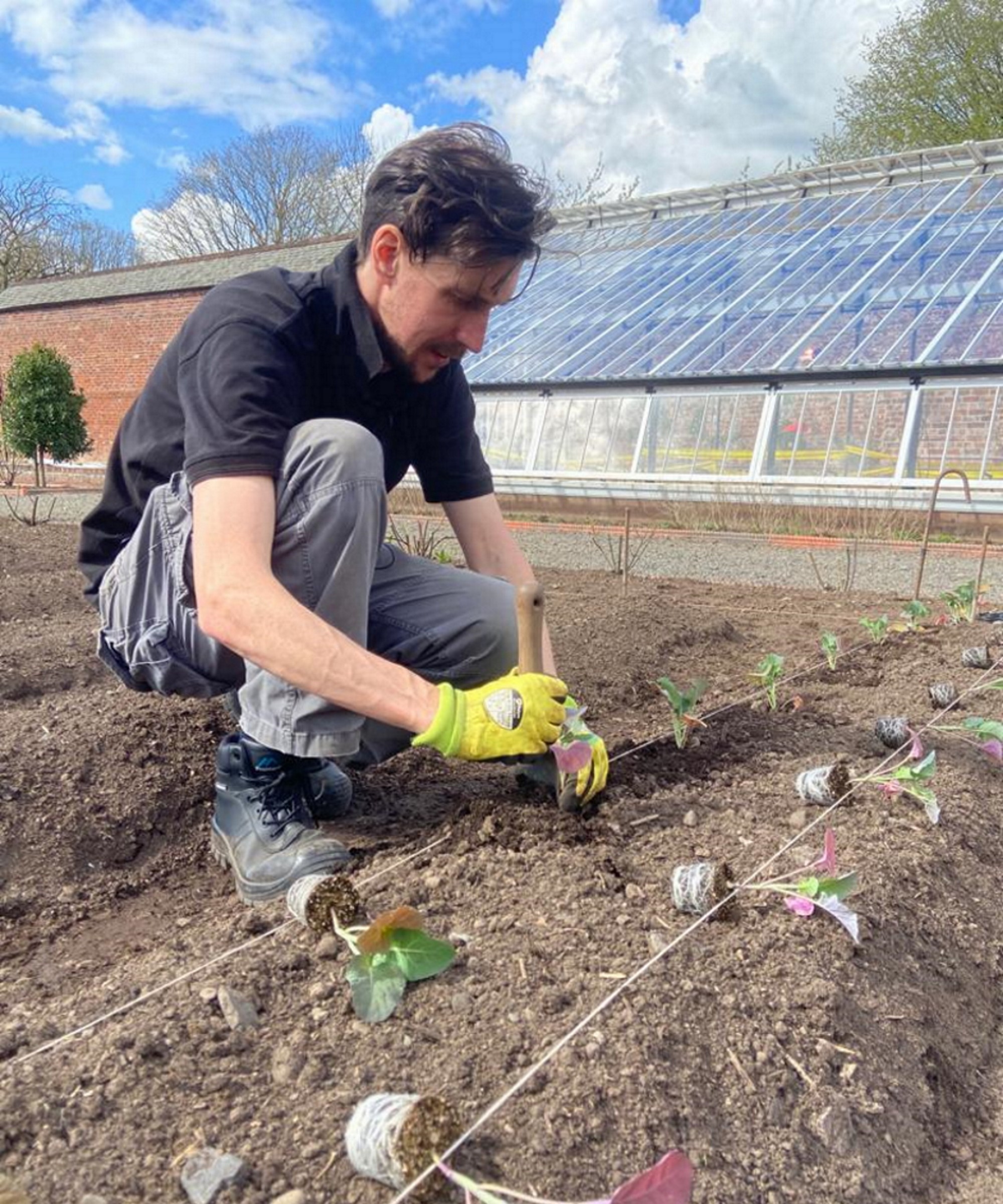
Drew has worked as a writer since 2008 and was also a professional gardener for many years. As a trained horticulturist, he worked in prestigious historic gardens, including Hanbury Hall and the world-famous Hidcote Manor Garden. He also spent time as a specialist kitchen gardener at Soho Farmhouse and Netherby Hall, where he grew vegetables, fruit, herbs, and cut flowers for restaurants. Drew has written for numerous print and online publications and is an allotment holder and garden blogger. He is shortlisted for the Digital Gardening Writer of the Year at the 2025 Garden Media Guild Awards.

